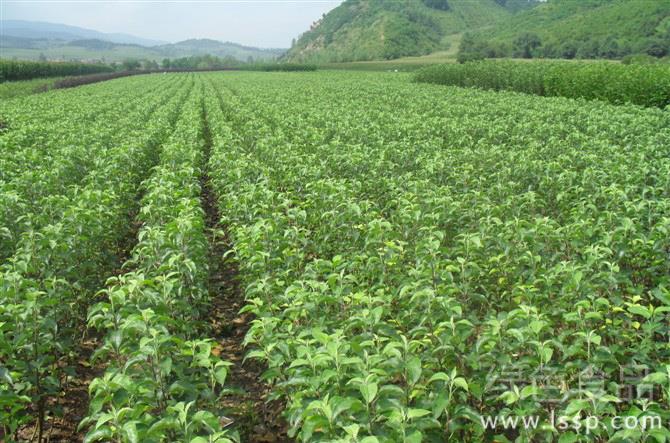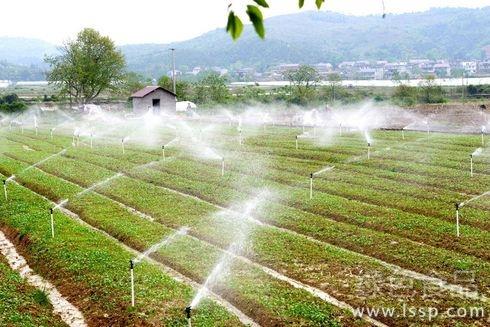Occurrence law and control method of exterminating beet moth pest

Spodoptera exigua
Beet armyworm belongs to Lepidoptera, Noctuidae, also known as Plutella xylostella, corn leaf armyworm, alias: Spodoptera litura, commonly known as green cloth bag worm. The hosts of the insect are bean, cowpea, soybean, kale, cabbage, radish, lettuce, onion, spinach, celery, melon, eggplant, cotton, apple, medicinal plant, forage and so on. Occurrence pattern:
1. Biological characteristics:
Beet armyworm occurs about 5 generations a year in Beijing and Shandong, and 5-6 generations in the middle and lower reaches of the Yangtze River. it can occur continuously in tropical and subtropical regions without overwintering. In Shanxi, Shaanxi, Shandong, Jiangsu and other places, pupa overwintered in the soil chamber, the main occurrence period of the whole year was from June to September, and the harm was the most serious from August to September.
Adults hide in weeds, clods, cracks, litter and other places during the day, and can fly short distances when they are frightened. The activity is the highest from 20 to 23:00 at night, feeding, mating and spawning. Adults have a strong tendency to black light.
The eggs are mostly laid on the back of the leaf, the egg mass is single or double layer, and the egg mass is covered with white scales. The pre-oviposition period of adults is 1-2 days, and the spawning period is 3-4 days. Each female lays 100,200 eggs, up to 1700 eggs. In Shandong, the egg duration of the third generation is 3-4 days, and the fourth generation is 6-7 days. The average hatching rate is 79.3%.
The larvae were 5th instar and individual 6th instar. The newly hatched larvae gather a net on the back of the leaves and eat the mesophyll, leaving only the epidermis, and the damaged leaves show transparent pores. With the increase of the instar, the larvae disperse the harm, encroach on the leaves to form holes or lacerations, and reticulate in severe cases. After the old instar, the larvae can eat up the leaves and leave only veins. The food intake of the 5th instar larvae can account for 88% and 92% of the total larval food intake. In the heat season, the larvae can inhabit the top of the crop, causing the tender head to wither, and can also sneak into the topsoil to harm the roots. In addition, beet armyworm larvae can eat pods, green peppers, tomato fruits and cotton buds and bolls. The larvae are pseudo-dead and fall to the ground when disturbed by shocks. when the population density is too high and lack of food, the larvae can kill each other. The larvae can migrate in groups when the temperature is high, the number of insects is large, or when there is a lack of food.
After the larvae matured, they drilled into 4cm soil to build a pupa. If the topsoil is hard, it can be pupated in the topsoil. The pupa stage is 7-11 days.
Second, the relationship with environmental conditions:
Beet armyworm (Spodoptera exigua) is a pest that occurs intermittently, the severity of which varies greatly from year to year, and the population density varies greatly at different times of the year. Beet armyworm has a certain resistance to high temperature. When the eggs were incubated at 46 ℃ for 30 seconds, the hatching rate had little effect. At 43 ℃ for 4 hours, there was no significant effect on larval development and adult longevity. The insect also has a strong ability to resist cold. The pupa can endure low temperature for several days at a low temperature of 12 ℃, but can not resist low temperature for a long time, and the mortality of eggs at-20 ℃ is only 40%. On the other hand, the cold resistance of adults and larvae was weak, and the larvae could die after several days under 2 ℃. Therefore, the long-term low temperature in winter is disadvantageous to overwintering. At the same time, whether the insect state in the field is cold-resistant or not during the cooling in late autumn is an important factor to determine the overwintering mortality and the occurrence base of the next year. In the north, the temperature is low in winter, the overwintering mortality is high, and the occurrence is less in spring. In addition to temperature, beet armyworm likes dry and rainless climate, and more rain is disadvantageous to its pupation and Eclosion. As a result, it is hot and dry at the end of summer and often happens in autumn.
Prevention and control methods:
1. Light traps and kills adults:
Beet armyworm has strong phototaxis, and light trapping is an effective measure. Black light and frequency vibrating insecticidal lamps can be used to trap and kill beet armyworm, with 3 lights per hectare.
2. Turn the soil and kill the pupae in late autumn or early winter:
Beet armyworm overwinters as pupae in many areas, and some overwintering pupae can be eliminated by turning over the soil.
3. Artificial egg collection and larval capture:
The egg mass of beet armyworm is on the back of the leaf, and there are yellow and white scaly hairs on the egg mass, which is easy to identify. the larvae before the 3rd instar are mostly concentrated on the heart leaf. Where there are conditions, especially where the planting area of each contractor is not large, this measure can be taken.
4. clean the countryside, shovel and hoe weeds:
From March to April in spring, combined with ploughing and loosening the soil, weeds were removed and the first instar larvae on weeds were eliminated.
5. Chemical control:
During the occurrence of beet armyworm, chemical control is an effective measure. The suitable period for control is before the 3rd instar of larvae. You can use 1500 times of 40% Nongdile EC, 75% Laver (sulfamethoxazole) 1000 times, 20% carbosulfan (good year winter) EC 2000 times, 48% Lexbene EC 1500 times, 50% malathion EC 500 times 800 times, 50% phoxim EC 1000 times, 40% phoxim EC 1000 times, or 2.5% deltamethrin EC 2000 times, 3% matrine water solution 2000 times, 15% Anda suspension 3000 times, 30% home run water dispersants 5000 times, 1.5% cabbage suspensions 800 times 1000 times, 48% carbendazim EC 10000 times, 24% metamizide EC 1500 times, 10% chlorfenapyr EC 3000 times, 5% fipronil EC 3000 times, 1.8% avermectin EC 4000 times, 1% methylaminoavermectin EC 5000 times, 1800 times of cypermethrin 3 suspension, 8000 times of 20% cypermethrin EC, 3000 times of Yitaibao EC, 3000 times of cypermethrin EC, 1500 times of cypermethrin EC, 1500 times of cypermethrin EC, 2000 times of Caesar (tetrafluorothrin) EC, etc. Pay attention to spraying the medicine on the opposite side of the leaf and the lower leaf.
- Prev

How to use "ditch Storage method" to properly store Fruit Tree seedlings
How to use "ditch Storage method" to properly store Fruit Tree seedlings
- Next

Introduction of five agricultural water-saving technical models for improvement
Introduction of five agricultural water-saving technical models for improvement
Related
- Fuxing push coffee new agricultural production and marketing class: lack of small-scale processing plants
- Jujube rice field leisure farm deep ploughing Yilan for five years to create a space for organic food and play
- Nongyu Farm-A trial of organic papaya for brave women with advanced technology
- Four points for attention in the prevention and control of diseases and insect pests of edible fungi
- How to add nutrient solution to Edible Fungi
- Is there any good way to control edible fungus mites?
- Open Inoculation Technology of Edible Fungi
- Is there any clever way to use fertilizer for edible fungus in winter?
- What agents are used to kill the pathogens of edible fungi in the mushroom shed?
- Rapid drying of Edible Fungi

